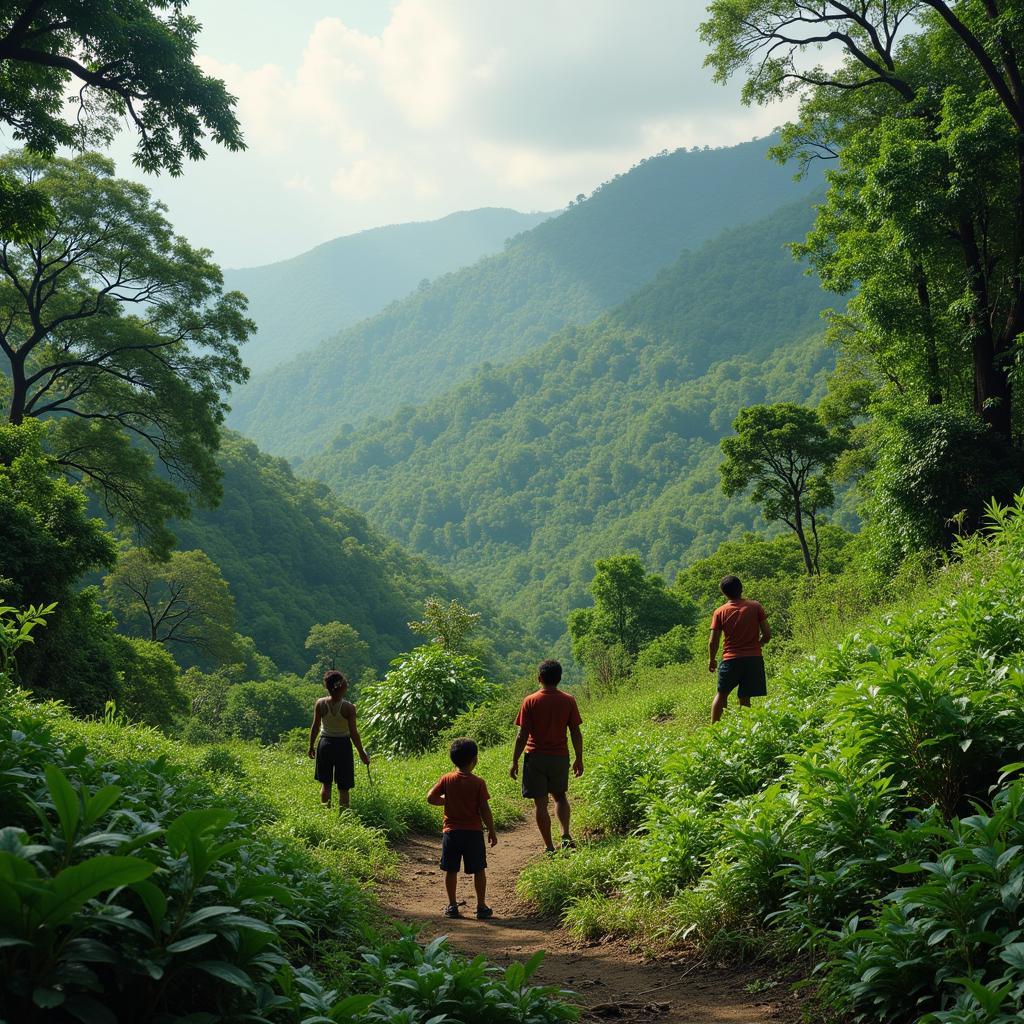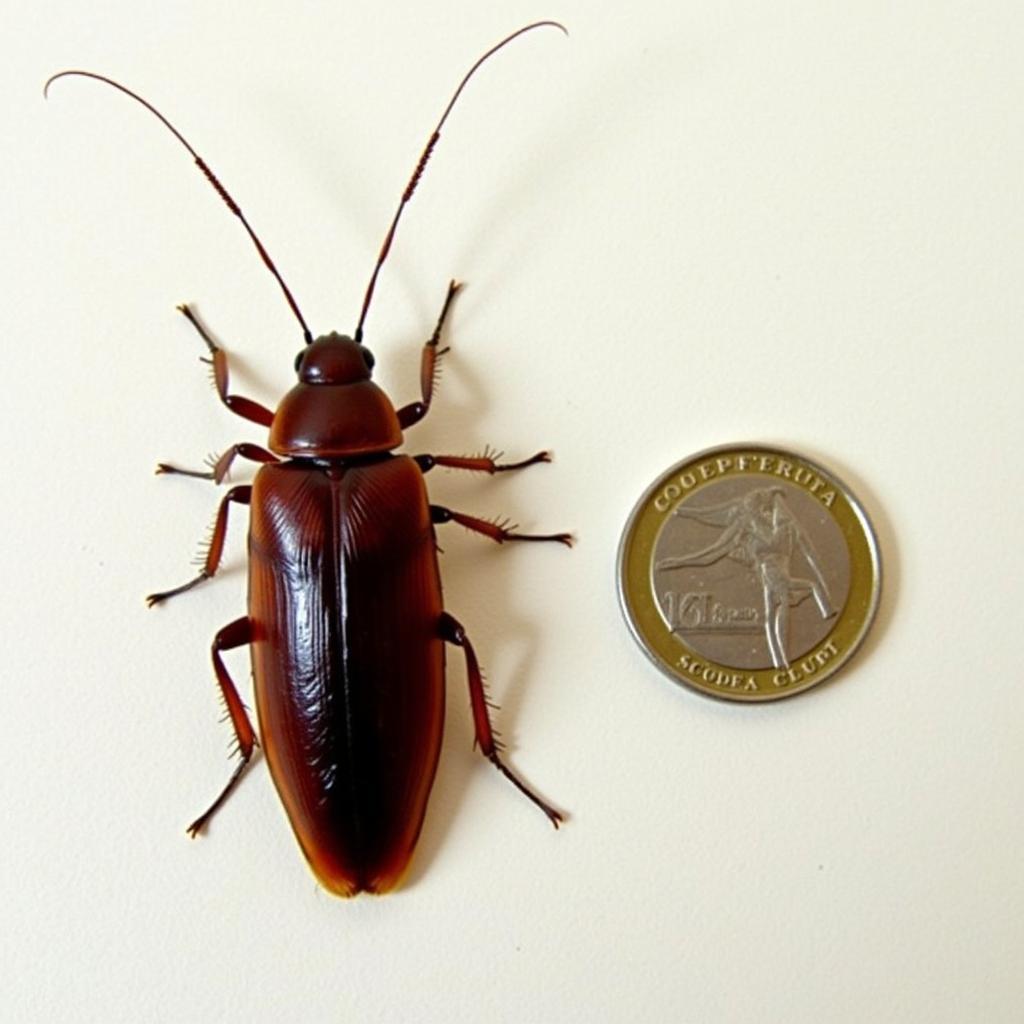The Great Migration: African Antilopes on the Move
The spectacle of African Antilopes Migrating is one of nature’s most awe-inspiring events. Millions of wildebeest, zebra, and other antelope species traverse the vast plains of East Africa, following ancient routes in search of greener pastures and water. This arduous journey, fraught with danger and hardship, is a testament to the resilience and enduring spirit of these magnificent creatures.
Understanding African Antelope Migrations
African antelope migrations are not random wanderings. They are precisely timed and intricately linked to the seasonal patterns of rainfall and vegetation growth. The most famous migration, that of the Serengeti-Mara ecosystem, sees over 1.5 million wildebeest, hundreds of thousands of zebras, and other antelope species like Thomson’s gazelles and elands, embark on a circular trek of over 800 kilometers. The timing of these migrations is crucial, as the animals must carefully balance the need for fresh grazing with the availability of water sources, both of which are influenced by the unpredictable rains.
The Serengeti-Mara Ecosystem: A Hotspot for African Antilopes Migrating
The Serengeti-Mara ecosystem, spanning Tanzania and Kenya, provides a perfect backdrop for this incredible natural phenomenon. The vast open grasslands offer ample grazing opportunities, while the Mara and Grumeti rivers provide vital water sources. However, these life-sustaining resources are not evenly distributed throughout the year. As the dry season sets in, the animals are driven to seek out new grazing grounds, initiating the cyclical migration.
Driven by an innate instinct, the animals move in massive herds, creating a breathtaking spectacle of dust and thundering hooves. This collective movement offers some protection against predators, although lions, cheetahs, leopards, and crocodiles still pose a constant threat. Crossing crocodile-infested rivers is one of the most perilous stages of the migration, as the panicked animals become easy targets.
Why Do African Antilopes Migrate?
The primary driver of these epic migrations is the search for food and water. As the dry season progresses, the vegetation in one area becomes depleted, forcing the animals to move on in search of fresh grazing. The timing of the rains is crucial, as it dictates the growth of new grass and the replenishment of water sources.
The Role of Rainfall and Vegetation in Driving Migration
Rainfall patterns across the Serengeti are not uniform. The southern plains receive the majority of the rainfall during the early months of the year, resulting in lush green pastures. As the rains move north, the animals follow, constantly seeking out the most nutrient-rich vegetation.
The migration is not a single, continuous movement. It involves a series of smaller movements, with the animals adjusting their course based on the availability of resources. This dynamic nature of the migration makes it even more remarkable, as the animals demonstrate an incredible ability to adapt to changing conditions.
The Challenges and Dangers of Migration
The journey is fraught with peril. Predators like lions, cheetahs, and crocodiles lie in wait, taking advantage of the vulnerable animals. River crossings are particularly dangerous, with many animals drowning or falling prey to crocodiles. Disease and starvation are also constant threats, especially for young or weak individuals.
Predator-Prey Dynamics During Migration
The migration provides a unique opportunity to observe the intricate predator-prey relationships in action. The abundance of prey attracts large numbers of predators, creating a dramatic spectacle of life and death. While the predators benefit from the readily available food source, the migrating animals rely on their numbers and collective movement for protection.
Dr. Anika Mosi, a wildlife ecologist specializing in African antelope migrations, explains, “The migration is a delicate balance between survival and reproduction. The animals are constantly facing challenges, but their resilience and adaptability are truly remarkable.”
Witnessing the Great Migration: A Once-in-a-Lifetime Experience
Witnessing the great migration of African antilopes is an unforgettable experience. The sheer scale of the movement, the dramatic river crossings, and the constant interplay between predator and prey create a truly awe-inspiring spectacle. For those seeking an adventure unlike any other, witnessing this natural wonder is a must.
Professor Jabari Olumide, a renowned anthropologist with extensive knowledge of East African cultures, notes, “The migration is not just a biological phenomenon; it is also deeply intertwined with the cultural heritage of the region. For centuries, local communities have lived alongside these migrating animals, their lives intricately connected to the rhythms of nature.”
In conclusion, the migration of African antilopes, particularly in the Serengeti-Mara ecosystem, is a breathtaking display of nature’s power and the animals’ incredible resilience. The search for sustenance drives these epic journeys, shaping the landscape and influencing the lives of both animals and humans. Witnessing this remarkable event offers a profound connection to the natural world and a deeper understanding of the intricate web of life on Earth.
FAQ
-
When is the best time to witness the Great Migration? The timing varies depending on the location and rainfall patterns, but generally, the best time is between July and October in the Masai Mara and between December and March in the southern Serengeti.
-
What types of antelope migrate? Wildebeest are the most numerous, but zebras, Thomson’s gazelles, elands, and other antelope species also participate in the migration.
-
What are the main dangers faced by migrating animals? Predators, river crossings, disease, and starvation are among the main threats.
-
How long does the migration last? The migration is a continuous cycle, with the animals constantly moving in search of food and water.
-
Where does the migration take place? The most famous migration occurs in the Serengeti-Mara ecosystem, which spans Tanzania and Kenya.
-
How can I witness the Great Migration? Organized safaris and tours are the best way to witness the migration.
-
Are there any conservation efforts to protect the migration? Yes, various conservation organizations are working to protect the migrating animals and their habitat.
Need more assistance? Please contact us at Phone Number: +255768904061, Email: kaka.mag@gmail.com or visit us at Mbarali DC Mawindi, Kangaga, Tanzania. We have a 24/7 customer support team.

